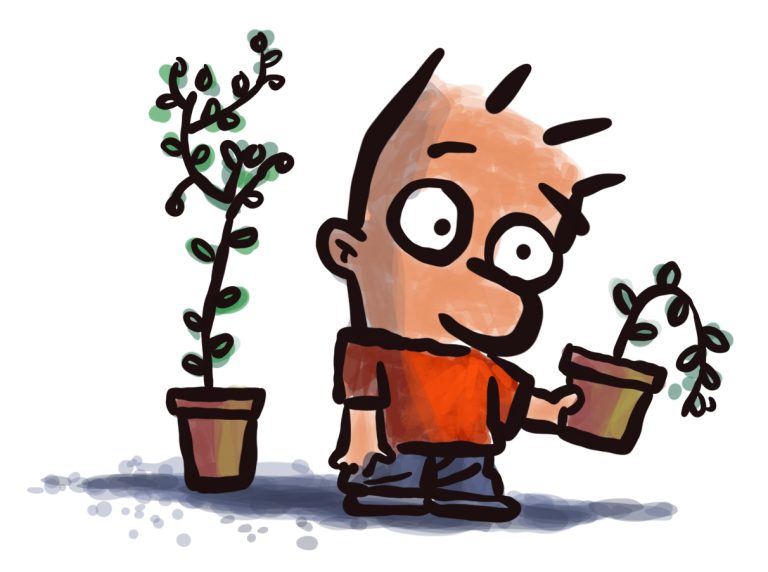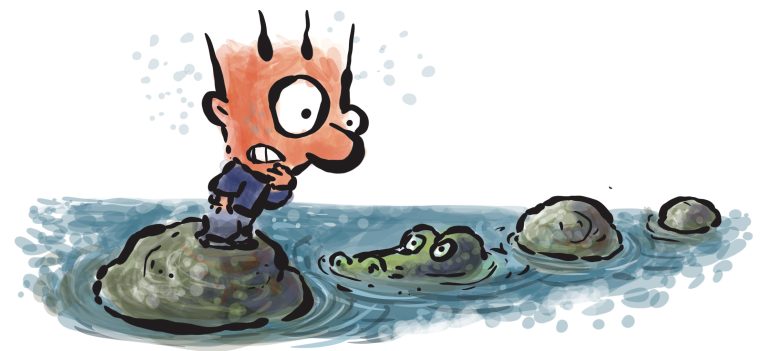
What if the secret to growing your business isn’t changing your product, but changing the problem it solves?
This article takes you on a surprising journey from airport walkways to creative entrepreneurs, revealing how a simple shift in perspective can unlock untapped markets and breathe new life into what you offer.
With real-world success stories and a healthy dose of marketing wisdom, you’ll discover why the path to innovation might be as easy as seeing your product—and your audience—in a whole new light.
Right click to save this episode.
If you've ever seen a moving walkway at an airport, you might have had a thought like most of us.
Why don't we have walkways everywhere? At the airport, it seems to speed up things at least by a little bit. You can step onto a walkway and reach your gate much faster than before. The reality is that people have been trying to install walkways in cities since 1893.
Urban traffic was considered a pain even back then.
This is why urban planners assumed that walkways would soon take over most cities. There would be three core platforms:
- A stationary platform
- A slow-moving walkway.
- A faster walkway.
Despite a lot of tinkering and even live models, the walkway never took off.
“Take off” is a slightly ironic term to use, because it was the “take off” bit that made walkways popular again. After over 70 years, as airports got wider, people got annoyed at having to walk so much. Dallas Airport installed the first walkway. Similar walkways were then rolled out across other American airports and spread to Europe and Asia.
The walkway was designed solely for urban transport. Yet, the problem it solved was quite different. It got people to the gates quickly, whether they were boarding or tired after a long flight.
This shows that, while we as creators may assume our product solves one problem, we get no traction. The moment we change how the problem is perceived, the same product or service is eagerly adopted by the public.
Let's take an example, shall we?
At Psychotactics, we conduct a cartooning course. What problem does it solve? It promises to help you create a very unique character. A character that's like no other, and you can call your own.
That character can then be put on a website, blog, presentation or all of the millions of places where we seem to communicate. Hence, many, if not most, of the people who sign up for the course use it for business purposes.
Yet, if we change the problem, we have a completely different audience.
Let's say we announce that the very same course, with a few changes, is meant to create storybooks. Yes, we have AI, and we also have tens of thousands of illustrators. However, many people would like to write—and illustrate — their own books. It could be a story for kids in general, or even a one-off book that is for their grandchildren.
The moment you change the audience, you can quite easily change the problem.
However, even if you don't budge from the audience, you can still make tweaks to the problem. You could sell the very same “story” course as something that brings “stress-relief”. But wait! Doesn't the person who draws for their website also get great joy from learning to draw?
Sure, they do, but in that case, the stress relief is seen as a side benefit. For the third audience, “stress-relief” is the core reason they're joining. Hence, it's the same product or service, but depending on the audience you're selling to, you can expand your marketplace.
Not everyone wants to expand marketplaces, though.
It's not like it's easy for a small business to simply do different types of courses, or even start selling to a variety of audiences. However, knowing that every product or service serves many audiences helps you to test which audience works best for you.
All of which depends on your goal and your strategy. In the case of stress relief, the class could be much like a yoga class and could potentially go on for months, even years, at a time.
The storybooks or even the creation of a character may have a limited life, but it's possible that you want to do other things, and not sell the same offering forever. When you change the problem and get a response that aligns with your goal, you've got a good thing going.
The problem change can also work year-round.
I happen to know a person—Holly—who has a candle-making business. Well, candles are candles, aren't they? Not really. There are paraffin-based candles, soy wax, beeswax, coconut, palm, gel, blended, and other speciality waxes. Who knew! Anyway, when everyone is just waxing eloquently about wax, you can solve the problem in a slightly different manner.
When I went across to her workshop, Holly had dozens of candles, but what caught my eye were these Christmas trees. What problem would a Christmas tree candle solve? It could be a collectable. People may want a new design every year.
Now, while there are hundreds, or possibly thousands, of Christmas tree candles, this one candlemaker can solve the “collectable” problem, and therefore gift-giving becomes easier and still very much a fun activity every year.
It may also solve a different problem if you're a keen “tree-person” like me.
I want to put up the tree every year, and yet you may not. You may like the feel of having a Christmas tree without all the bother. Hence, it solves a problem in a tiny yet elegant manner.
In spring, Holly might create floral candles for home décor; in autumn, pumpkin-spice candles for seasonal gifts. Same product, different problem, different audience.
Doesn't this advice fly in the face of what's mentioned in the book, The Brain Audit?
If you've read The Brain Audit from cover to cover, or even a chapter or two, you're likely to be on board with the concept of “one problem”. That “big” problem, you're told, is the core of your marketing. If you're selling a book, that book should solve one problem. If you're selling a course, training or even a service, stick to one problem.
That advice doesn't change.
The issue has been that most people don't stick to one problem. If they're selling a cartooning course, they'll try to stuff “stress-relief, character development and creating storybooks” into the same headline and first paragraph.
The advice to stick to one problem remains the same. You still need to adhere to that principle, because people can't cope with many ideas at once. They not only have to remember what you've said, but then pass on that idea to others. Hence, the one problem doesn't change.
However, if you get a little restless, you can test the waters and try more than one problem.
Every product or service solves multiple problems at once. When you find your audience, you'll find the problem it solves for them, and that's when you're more than likely to meet your goal.











